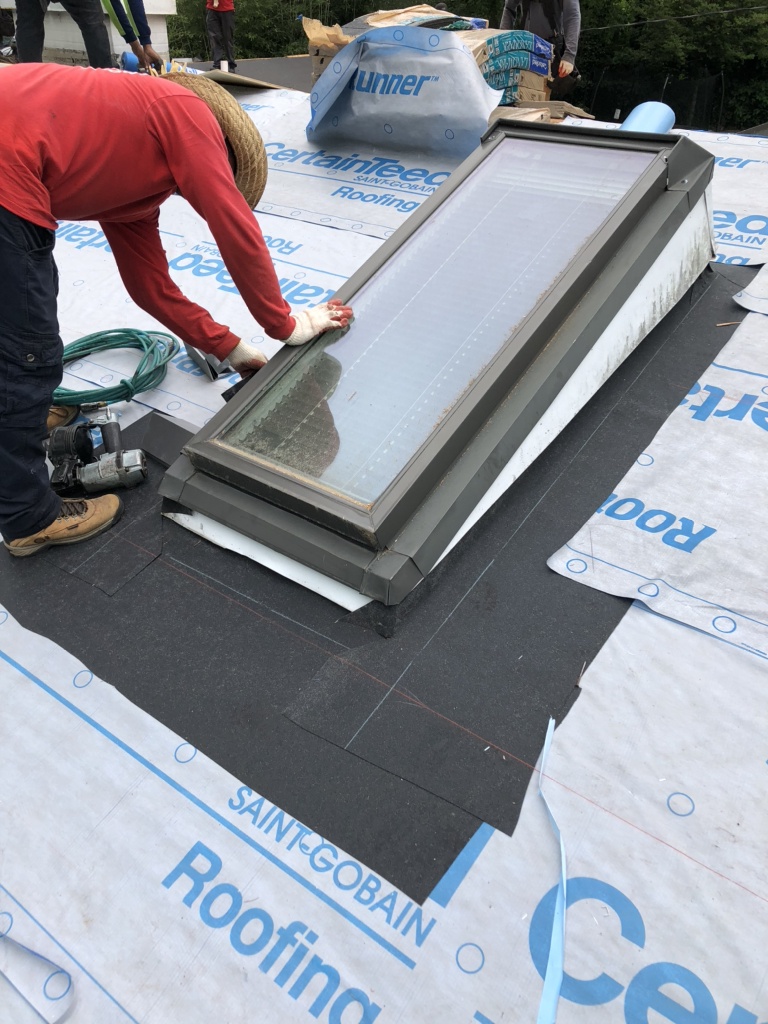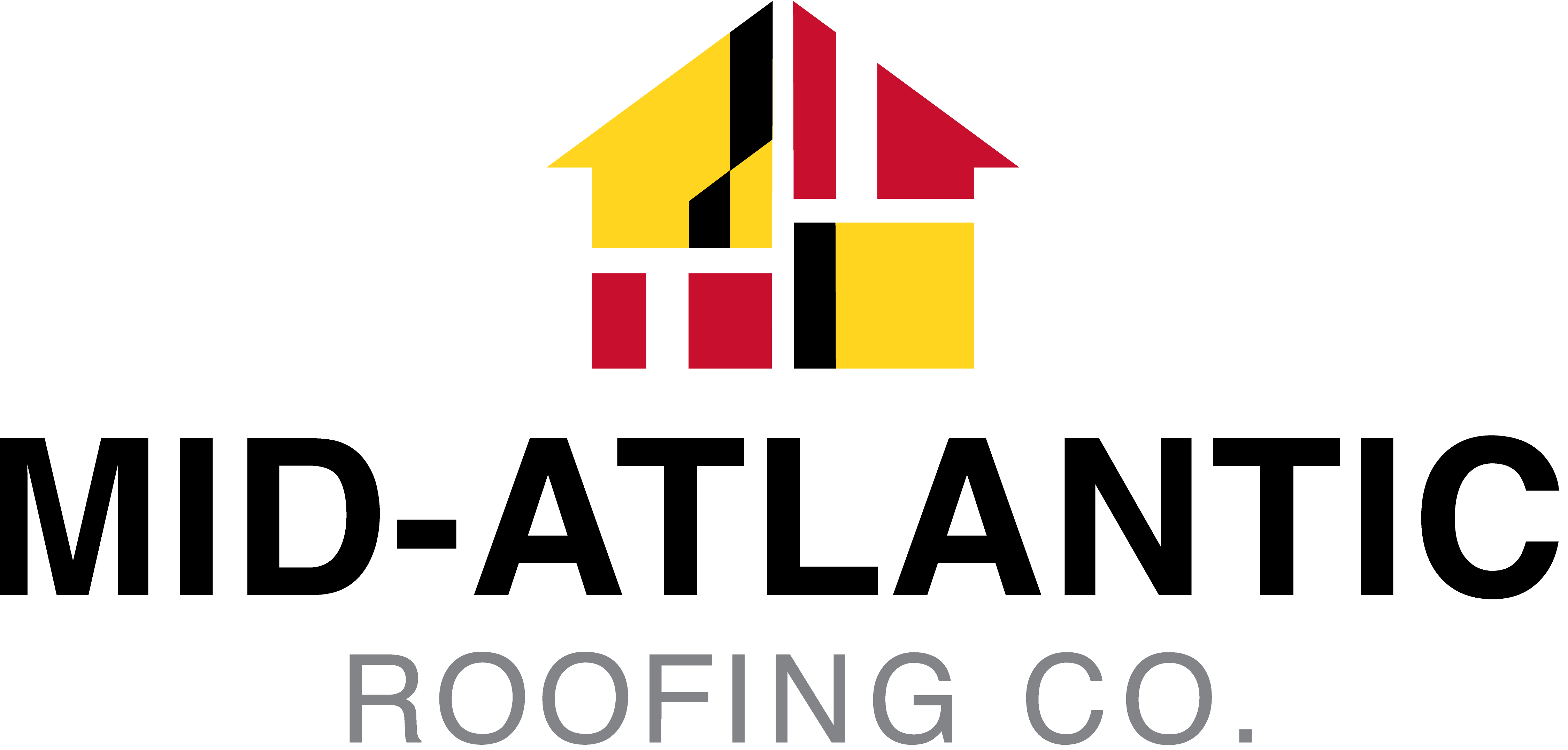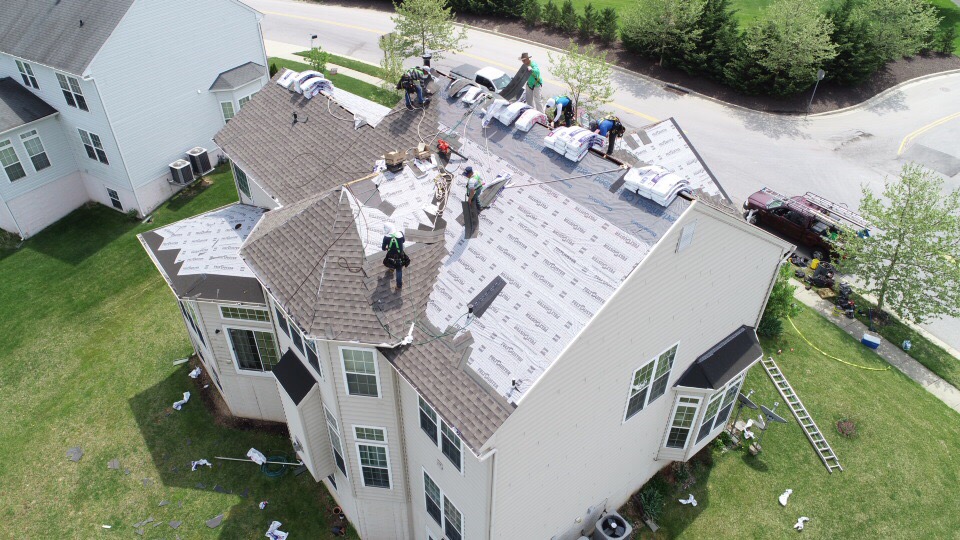Roofing Education 101
The roof is an essential part of your home or business. It protects you, your family, and your assets from the elements and keeps them secure. Yet, for many of us, we don’t give much thought to our roofs until there is an issue, whether it is a leak or damage caused by a storm. Before investing in a new roof, it is vital to understand the different types of roofs, the materials, and the installation process. Mid-Atlantic Remodeling aims to educate you about the different aspects of roofing so that you can be an informed customer and make better decisions during the new roofing process.

Types of Roofs
There are different kinds of roofs, each with its advantages and disadvantages, and it is essential to know them before you choose one for your home or business. The most common types of roofs are flat roofs, gable roofs, hipped roofs, and mansard roofs. A flat roof is one of the most popular styles, and they are low-maintenance and economical. Gable roofs are more traditional and recognizable with their triangular shapes. Hipped roofs have slopes on all four sides, making them ideal for areas with high winds. Mansard roofs are recognized for their double pitch and are commonly used in French-style homes.
Roofing Materials
The roofing material you choose will determine how long your roof lasts, how it looks, and how much it costs. The most common roofing materials are asphalt shingles, metal roofing, wood shingles and shakes, and clay or concrete tiles. Asphalt shingles are the most popular choice as they are affordable, durable, and come in a range of colors. Metal roofs are most often associated with commercial buildings, but they are gaining popularity in residential properties and are low-maintenance. Wood shingles and shakes give a rustic look to your home but require more maintenance than other materials. Lastly, clay or concrete tiles are used in Mediterranean and Spanish-style homes and are highly durable.
Installation ProcessAfter you have selected the type of roof and the material, it is time to start planning the installation process. The first step is to prepare the roof by removing the old shingles or tiles and inspecting the roof deck for any damage. The next step is to install the underlayment, which sits between the roof deck and the shingles and prevents water from seeping through. After the underlayment, the roofers will install the shingles starting at the bottom and working their way to the top. Finally, the flashing and vents are installed to ensure proper ventilation and protect against leaks.
Signs of Roof Damage
Even with the best installation and maintenance, your roof may still wear out or sustain damage. By recognizing the signs of roof damage, you can address any issues before they become more severe. Some common signs of roof damage include missing or damaged shingles, leaks, visible cracks, sagging rooflines, and dark spots or stains on your ceilings. It is best to have a regular inspection of your roof to identify any issues early on.




